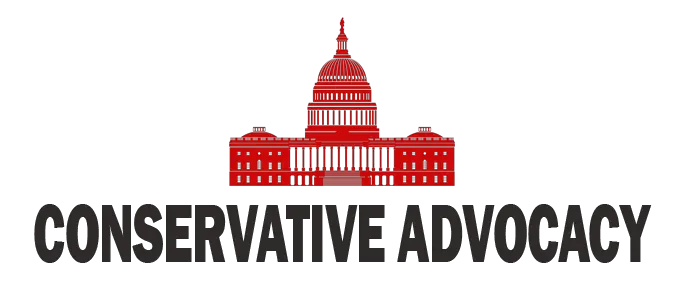The Wisconsin Supreme Court race has become a high-stakes battleground, with conservative Brad Schimel and liberal Susan Crawford vying for a seat that could tip the ideological balance of the court. This election, officially nonpartisan but sharply divided along ideological lines, has drawn national attention and record-breaking spending, with over $100 million poured into the campaigns. At its core, this race is about more than just judicial philosophy—it represents a clash of values that could shape Wisconsin’s political and legal future for years to come.
Brad Schimel, a former attorney general and current Waukesha County judge, embodies the principles of judicial restraint and constitutional integrity. Supported by President Donald Trump and billionaire Elon Musk, Schimel has emphasized his commitment to upholding the rule of law rather than legislating from the bench. His campaign has focused on issues like voter ID laws, redistricting fairness, and defending Wisconsin’s 1849 abortion statute, which remains under judicial review following the U.S. Supreme Court’s overturning of Roe v. Wade. Schimel’s conservative approach resonates with voters who value stability and adherence to traditional legal frameworks.
On the other hand, Susan Crawford represents a progressive agenda that aligns closely with Democratic priorities. As a Dane County judge and former counsel for Democratic Governor Jim Doyle, Crawford has championed abortion rights, union power, and expansive voting regulations. Her campaign has benefited from substantial financial backing, including $24 million raised directly and additional support from liberal super PACs. Crawford’s critics argue that her judicial philosophy blurs the line between impartiality and activism, particularly with her opposition to Act 10—a landmark law restricting public-sector unions that saved Wisconsin billions in taxpayer dollars.
The stakes in this election extend far beyond Wisconsin. A Crawford victory would give liberals a 4-3 majority on the state Supreme Court, enabling rulings that could reshape congressional maps in favor of Democrats. This redistricting power could potentially deliver two additional House seats to Democrats in 2026, jeopardizing Republican control of Congress and obstructing President Trump’s legislative agenda. Such outcomes illustrate how judicial elections are increasingly used as tools to circumvent legislative processes—a strategy that undermines democratic principles by placing partisan goals above voter intent.
This election is a rallying cry to protect judicial impartiality and prevent activist judges from rewriting laws to suit political agendas. Schimel’s supporters argue that his commitment to constitutional principles will safeguard Wisconsin’s legal system from becoming a partisan weapon. Meanwhile, Crawford’s critics warn that her alignment with progressive donors like George Soros reflects an agenda driven by outside interests rather than Wisconsin voters.
Ultimately, this race is not just about filling a seat—it’s about preserving the integrity of the judiciary in one of America’s most pivotal swing states. With critical issues like abortion rights, labor laws, and redistricting hanging in the balance, Wisconsin voters face a choice between two starkly different visions for their state’s future. For conservatives, turning out for Brad Schimel is essential to ensuring that justice remains blind, not beholden to partisan ideologies.




